Australia’s National Autism Strategy: empowering change
The Australian Government has just launched its first National Autism Strategy – a seven-year initiative designed to create a ‘safe and inclusive society where all autistic people are supported and empowered to thrive’.
The plan addresses barriers to inclusion for neurodivergent Aussies and aims to improve outcomes for autistic Aussies through targeted reforms.
The strategy focuses on four key reform areas:
- Social inclusion
- Expanding accessible, sensory-friendly spaces
- Introducing new community awareness campaigns
- Economic inclusion
- Creating workplaces that uplift and support autistic workers
- Diagnosis, services and support
- Evaluating diagnostic tools and reducing assessment tools
- Health
- Developing a dedicated autism health road map (in progress).
The government has committed $42.3 million for first phase funding initiatives to pilot the strategy, including peer support programs, research translation and prevalence studies.
Strategic commitments include increasing accessible, sensory-friendly public and online spaces, considering feasibility and acceptability of current screening and diagnostic tools, exploring ways to make diagnosis and assessment processes more affordable, and supporting employers to hire and retain autistic employees.
Through this strategy, the federal government is aiming to coordinate a strengths-based approach to close the gaps and ensure meaningful support for all autistic people.

“This strategy isn’t about fixing autistic people; it’s about building a world that values our strengths,” said Clare Gibellini, Chair, National Disability Research.
The current landscape
- Population: while 290,000 Australians have been diagnosed with autism, the actual number of those living with autism is much likely higher
- Employment: Aussies living with autism are six-times more likely to be unemployed compared to those without a disability
- Education: only 5% of autistic individuals attain a Bachelor’s degree or higher, compared with 20% of people living with disabilities and 35% of the general population
- Health: premature mortality rates are 2-3 times higher for autistic individuals.
Many autistic people excel in specific areas but require tailored support to overcome systemic barriers. Challenges such as over-representation in the criminal justice system, higher risks of homelessness, and inconsistent national support frameworks further underscore the importance of this strategy.
The way forward

According to Social Services Minister, Hon Amanda Rishworth, this “key piece of work” strives to drive real change involving a phased action plan, and resources focusing on proven, impactful initiatives.
“Addressing the barriers autistic people face in areas like education, employment & diagnosis is long overdue, & we are proud to deliver a strategy that will change lives for the better.”
For more on Australia’s National Autism Strategy, head to: dss.gov.au/national-autism-strategy
The autism community encompasses diverse perspectives & language preferences. Some prefer ‘autistic person’ (identity-first language), others favour ‘person with autism’ (person-first language), & some are comfortable with either. At VIVA! Communications we have aimed to reflect this wording, & we respect the rights of everyone with lived experience to use the language they prefer.
